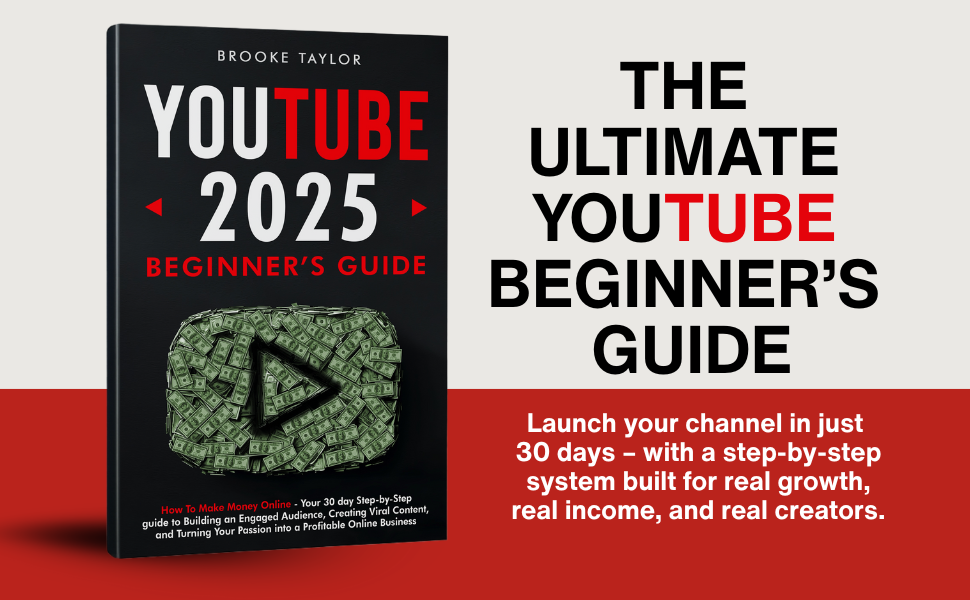Skool vs Traditional Membership Platforms: Why Creators Are Switching
My Struggle with “Traditional” Platforms
When I first decided to launch a membership site, I looked at the usual suspects: Kajabi, Teachable, Thinkific, and Facebook groups. At the time, they seemed like the only way to host courses, build community, and connect with members.
But the deeper I went, the more frustrated I became. Kajabi was expensive and overloaded with features I didn’t use. Teachable felt cold—great for courses but weak for engagement. Facebook groups? Too noisy and filled with distractions.
I wanted something simple, engaging, and profitable. That’s when I discovered Skool—and everything changed. Skool wasn’t just another platform. It was a new way of running a membership, and I quickly realized why so many creators were switching.

Table of Contents
The Problem with Traditional Membership Platforms
Traditional platforms may have worked years ago, but today’s creators face big challenges:
- Too many moving parts – One tool for courses, another for community, another for payments.
- High costs – Kajabi can run $200+/month before you even make your first sale.
- Low engagement – Students buy a course, but there’s no reason to stay active.
- Distractions – Facebook groups pull members into ads, memes, and irrelevant content.
I felt like I was duct-taping a business together instead of running one smoothly.
What Makes Skool Different
Skool was built specifically to solve these problems. Instead of juggling five different platforms, Skool combines:
- Community hub – A clean, distraction-free space like a private social network.
- Classroom – Host your courses, lessons, and resources.
- Calendar – Schedule coaching calls, workshops, and events.
- Gamification – Points and levels that keep members engaged.
The difference? Simplicity. I set mine up in under an hour, while Kajabi and Teachable took days of tinkering.
Want to try it yourself? Sign up for Skool here.
Skool vs Kajabi
Kajabi is often called the “all-in-one” platform, but here’s what I found:
- Kajabi is great for courses, but weak for community. The forums feel outdated.
- It’s expensive—$199/month for basic, $399/month for growth.
- The backend can be overwhelming for beginners.
Skool, on the other hand:
- Costs just $99/month.
- Combines community + classroom + calendar seamlessly.
- Is designed for engagement, not just content delivery.
For me, Kajabi felt like a heavy corporate tool. Skool felt like a creator-first solution.
Skool vs Teachable / Thinkific
Teachable and Thinkific are strong course platforms, but they miss one key ingredient: community.
Here’s the problem:
- Students enroll, consume content, and disappear.
- There’s little interaction or accountability.
- Retention rates drop fast.
With Skool, the community and gamification keep members involved long after they finish the first module. Instead of “one-and-done,” members stick around, pay monthly, and actually engage.
Skool vs Facebook Groups
At first, I thought Facebook groups were the easiest option—they’re free, and everyone’s already there. But here’s what happened:
- Posts got buried under memes, ads, and algorithm tricks.
- Engagement dropped because members got distracted.
- I had zero control over the space.
Skool solved this by giving me a clean, focused platform where my members only see what matters. Plus, with gamification, members have a real reason to log in daily.
Why Creators Are Switching to Skool
After talking to other creators and running my own community, here’s why so many are making the move:
- Simplicity – No need for tech skills or endless integrations.
- Engagement – Gamification keeps people active without me forcing it.
- Recurring revenue – Monthly subscriptions create predictable income.
- Better culture – A private, focused environment instead of the chaos of Facebook.
- Affordable pricing – $99/month beats traditional platforms by a mile.
The big shift? Creators finally feel like their communities are alive and sustainable.
Real-Life Examples of Skool Communities
Here are a few ways I’ve seen creators use Skool successfully:
- Fitness coaches – Running 30-day challenges, group workouts, and meal plan communities.
- Business mentors – Hosting masterminds and client-acquisition programs.
- Investors – Sharing trading alerts and weekly market calls.
- Creators & artists – Teaching photography, design, or writing with peer reviews.
- Personal development coaches – Running accountability groups for habits and mindset.
Some of these communities make $5,000 to $50,000 per month—all because Skool makes retention easy.
How to Switch Without Losing Members
One of my fears was: How do I move my existing group without losing people? Here’s how I did it:
- Announced the new platform and explained the benefits.
- Gave members a founding discount to move over.
- Set a deadline for when the old group would close.
- Made onboarding simple with a welcome video and pinned posts.
The result? Over 80% of my members made the switch—and engagement doubled.
Why Skool Pays You Back Faster
One of the best parts about Skool is how quickly it pays for itself.
- With Kajabi, I had to spend hundreds before earning anything.
- With Skool, I only needed two paying members at $50/month to break even.
That meant I could grow profitably from day one instead of digging myself into a hole.
You can set yours up the same way: Get started with Skool here.
FAQs: Skool vs Traditional Platforms
1. Is Skool beginner-friendly?
Yes. I set mine up in less than an hour.
2. Can I migrate my old courses into Skool?
Absolutely. Uploading lessons into the classroom is quick.
3. Do members actually engage more on Skool?
Yes—gamification, clean design, and the calendar keep people coming back.
4. Is $99/month really worth it?
If you’re charging even $30/month, four members cover the cost.
Conclusion: The Future Belongs to Skool
Traditional platforms served their purpose—but they’re clunky, expensive, and outdated for today’s creators. The shift toward simple, engaging, community-first platforms is why so many of us are moving to Skool.
For me, switching was one of the best decisions I’ve made. It simplified my business, boosted engagement, and turned my membership into a thriving, profitable hub.
If you’re ready to experience the difference, sign up here: Join Skool today.






